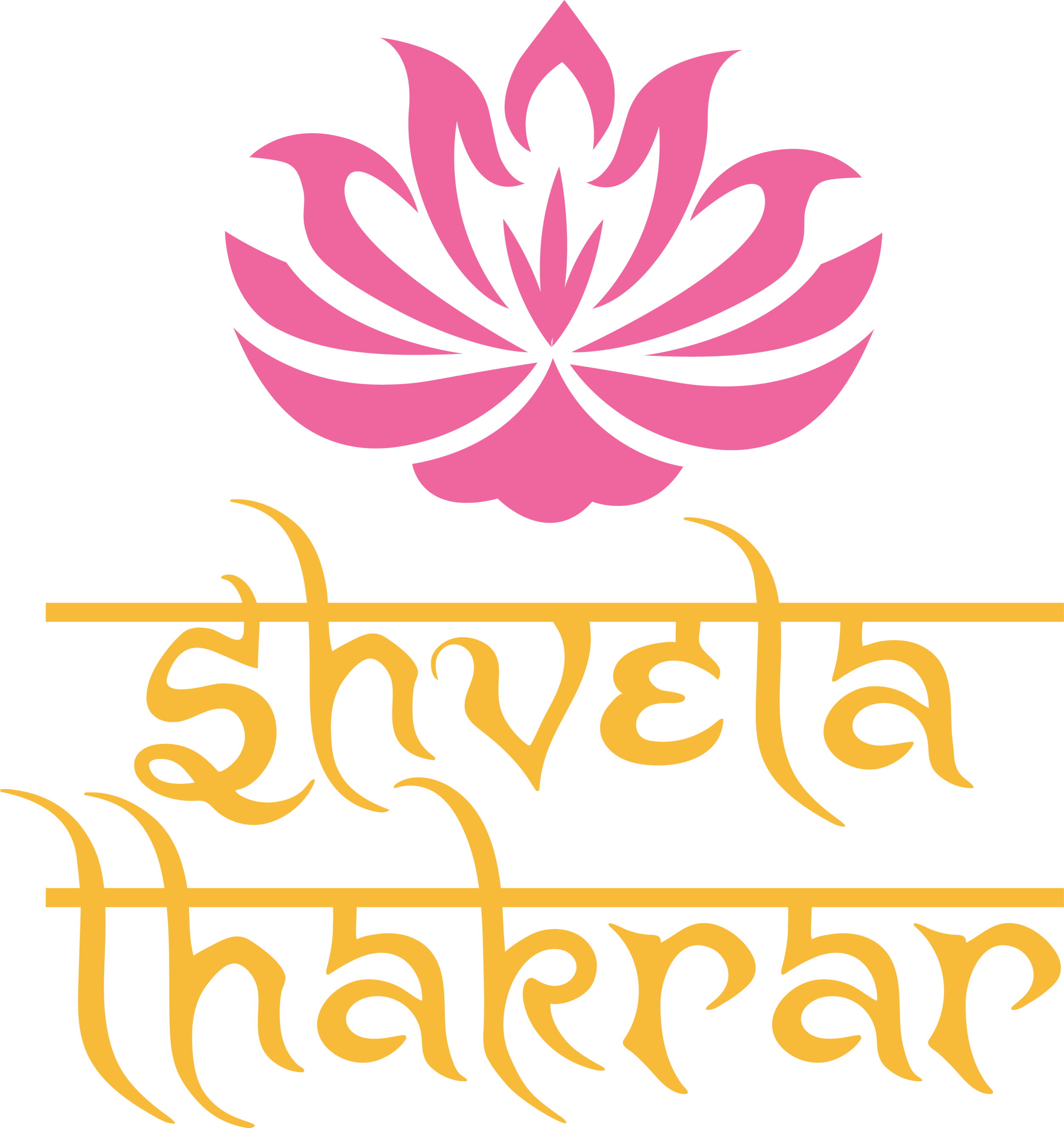An introductory reading list for South Asian literature!
So if you recall, I was fortunate enough to teach part of a lesson on the Beastly Bride (ATU tale type 400, “The Quest for the Lost Bride”) lesson as part of the Carterhaugh School’s fairy tale course. (Such a great course; Brittany and Sara are super smart, funny, and excellent teachers, and I’m learning so much! I highly recommend signing up for their future offerings.) I spoke about “Ganga and Shantanu” from the Mahabharata and a couple other beastly women stories, and the reception was so enthusiastic, with the students asking where they could find more, I went to my fellow desi writers, got their suggestions, and put together a reading list.
Then I mentioned it on Twitter as part of a larger thread, and again, people asked where they might find these stories, and could they see this list? Yes, they–and you–can! I’m sharing the transcribed thread here for you along with the list.
Because story is how we change minds, I’m compiling a list of Mahabharata and Ramayana (originals, retellings, and comics) texts and other bits of mythology and folktales for the Carterhaugh School fairy tale class. We, particularly we Americans, really do need to become familiar with art and narrative from all over the world, not just Western stuff. Sometimes we diaspora even don’t know the stories from our heritage because of colonization and assimilation and Western stuff always being promoted instead. We all need to understand where other cultures and peoples are coming from and not just think the American/Western gaze is universal.
And the best way to do that is–say it with me!–through art and story.
Because everything we believe IS a story. We’ve internalized the stories we know until they’re mental wallpaper, quietly influencing how we think. We tend to believe the values we’ve learned are the only ones and always the right ones. But really, just they’re a set of stories we’ve been taught. One limited way of looking at the world. One limited way of thinking about other people. So we need to branch out and reach for other art and story. Watch other films. Get the work in translation, or get what people are writing in English elsewhere. Look at their art, and learn its history. Make “art history” global. #beautifulresistance
And now, the list!
This list is a place to start from, not an exhaustive compilation! (There’s so much I haven’t even mentioned.) Some may be more difficult to find than others, but check the Internet and your library’s interlibrary loan service.
Note that some of the novels and comics and such are told from a religious point of view, and others are not. Do your research and find out about different versions and learn how they differ from region to region and era to era; understanding context and how it applies to a story is vital! And of course, have fun.
******************************************************************************************
Books and mythology info:
Mahabharata by C. Rajagopalachari.
The Mahabharata (Penguin Classics has a pretty good abridged and translated version by John D. Smith).
Bibek Debroy has a more recent and more thoroughly footnoted Mahabharata translation (second-ever full-length version).
English translations of the Mahabharata and Ramayana are online for free (ask Google for more!):
http://www.gutenberg.org/ebooks/author/26788 (lovely albeit flawed public domain translations of the Ramayana, Kumarasambhava, and others)
Vikramorvishyam by Kalidasa (the epic drama about the apsara Urvashi and her human lover Pururavas): http://www.sanskritebooks.org/2010/05/vikramorvasiyam-of-kalidasa-sanskrit-text-english-translation/
Savitri: A Legend and a Symbol by Sri Aurobindo (the epic poem about Savitri and how she rescued her love Satyavan from death): http://savitrithepoem.com/poem.html
http://www.gutenberg.org/ebooks/16659
http://claysanskritlibrary.org
*****************************************************************************************
More general:
Ashok Banker has so many books narrating Hindu mythology, he gets his own listing: https://en.wikipedia.org/wiki/Ashok_Banker.
Ramesh Menon also has plenty: http://www.paperbackswap.com/Ramesh-Menon/author/.
Devdutt Pattanaik is a mythology scholar: www.devdutt.com.
Indian Demonology: The Inverted Pantheon by N. N. Bhattacharyya
Indian Serpent Lore: Or the Nagas in Hindu Legend by J. Vogel
Sanjay Patel’s books for children, including one on the Ramayana: http://www.gheehappy.com/.
https://en.wikipedia.org/wiki/Hindu_mythology
*****************************************************************************************
Comics and graphic novels:
Amar Chitra Katha comics: www.amarchitrakatha.com.
Adi Parva: Churning of the Ocean and Sauptik: Blood and Flowers by Amruta Patil (visually gorgeous graphic novels, and more of a philosophical musing on episodes of the Mahabharata).
Krishna: A Long Journey Within by Abhishek Singh (graphic novel).
The Ravanayana comic series by Vijayendra Mohanty and Vivek Goel.
http://www.campfire.co.in/t/genre/mythology
*****************************************************************************************
Folktales:
Panchatantra (ancient Sanskrit collection of animal fables)
Hitopadesha Tales (collection of fables)
Jataka Tales (Buddhist morality fables)
Folktales From India by A. K. Ramanujan
Birbal stories: http://www.english-for-students.com/Birbal-Stories.html
Folk-Tales of Bengal: With 32 illus. in colour by Warwick Goble: https://archive.org/stream/folktalesofbenga00dayluoft…
https://en.wikipedia.org/wiki/Folklore_of_India
*******************************************************************************************
For later reading (as these reinterpret and play with the originals):
The Palace of Illusions by Chitra Divakaruni (the Mahabharata from Draupadi’s point of view)
Asura: Tale of the Vanquished by Anand Neelakantan (the Ramayana from the villain Ravana’s point of view)
Sitayana by K. R. Srinivasa Iyengar (the Ramayana from Sita’s point of view)
The Great Indian Novel by Shashi Tharoor (a funny send-up of the Mahabharata)
The Aryavarta Chronicles trilogy by Krishna Udayasankar (a retelling of the Mahabharatathat sometimes turns it on its head)
“The Difficulty of Being Good” by Gurcharan Das is a great intro to the Mahabharata as a work of ethical philosophy.
*******************************************************************************************
Secondary reading:
There is plenty of literature on the epics and source texts by various scholars. Ask Google, or pick a book online and go though its bibliography for more resources.
